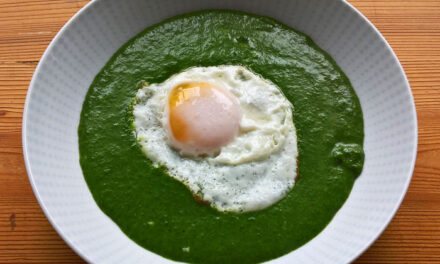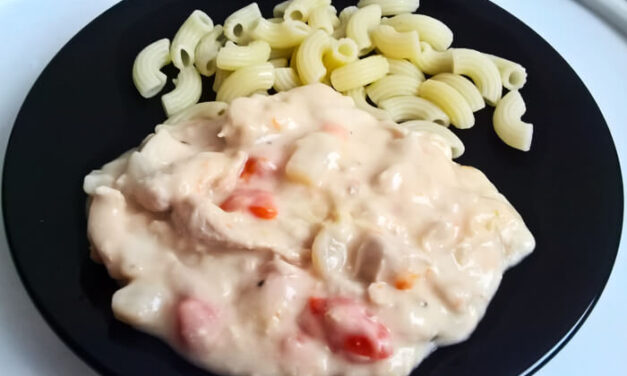Ajvár is a Serbian sauce, but it becomes more and more popular in Hungary. It’s made from red pepper, aubergine and garlic, served with roasted meats, used to flavor salads or simply spread on a toast. The reason why I share its recipe is that it’s a perfect choice even for those who aren’t big fans of eggplant like me. I had been looking for a solution for several years how to prepare eggplant in an “edible” way before I finally hit upon ajvár. I must confess I love it. Its smoky, piquant taste completely enchanted me.




















0 Comments